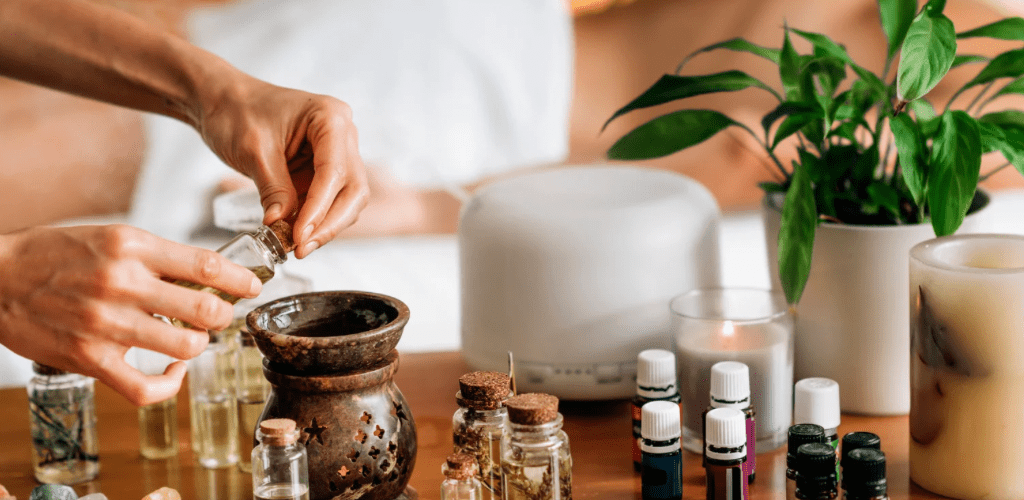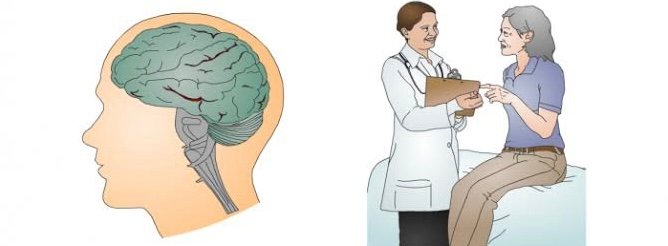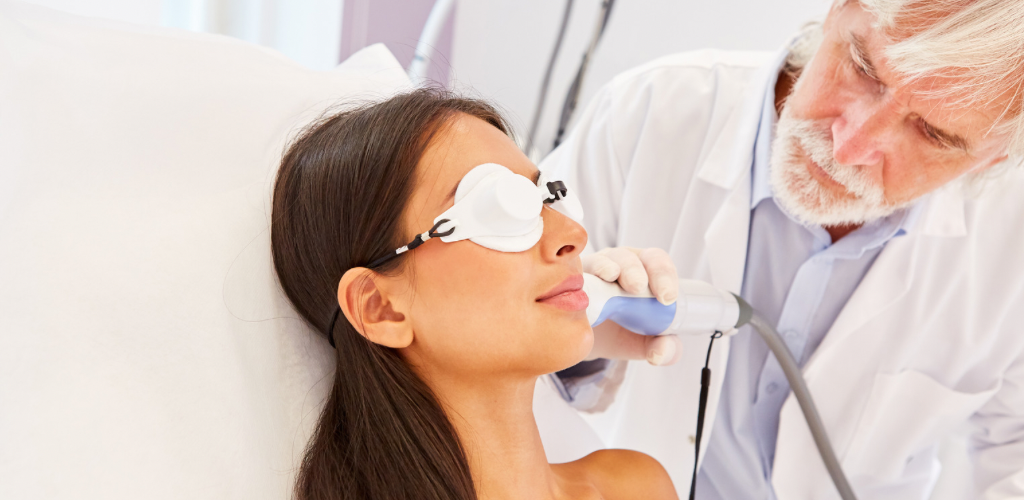INTRODUCTION
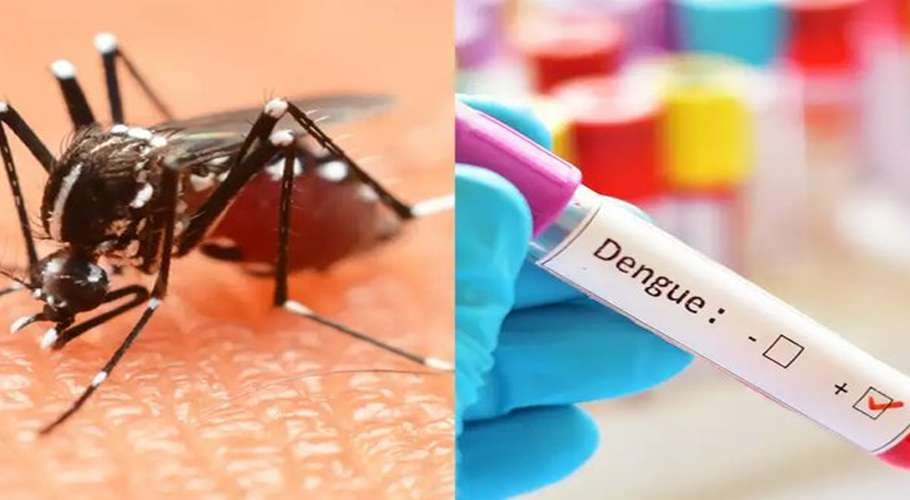
- Dengue is a mosquito-borne viral infection
- These mosquitoes are day bitter and fresh water breeder.
- Also known as “BONE BREAK FEVER”.
- Found in tropical and sub-tropical climates like Caribbean and south east asia
- Infection with the virus of
Family – Flaviviridae
Genus – Flavi virus
Species – Dengue virus
- It is a enveloped virus with positively single stranded RNA
- Cause flue like symptoms
- Transmitted by the bite from mosquitoes i.e. Aedes aegypti , Aedes albopictus commonly(Act as VECTOR)
- Reservoir of this virus is HUMAN
- 40% of world population live in areas with the risk of dengue transmission.

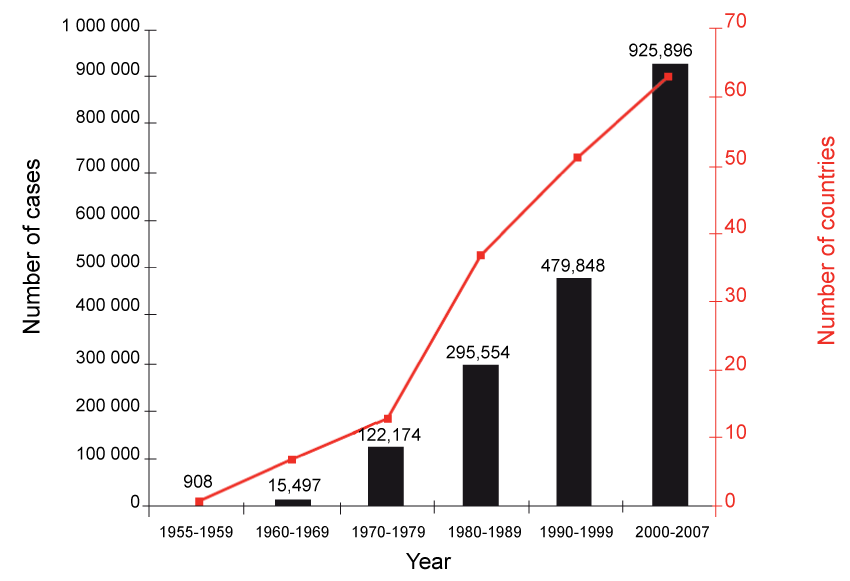
SEROTYPE
- Flaviviridae family virus and has four different but closely related, serotypes of the virus that cause dengue.
- SEROTYPE- DENV-1, DENV-2, DENV-3 and DENV-4
- Recovery from infection is believed to provide lifelong immunity against that serotype only not for all serotype other serotype can cause dengue fever in his/her body.
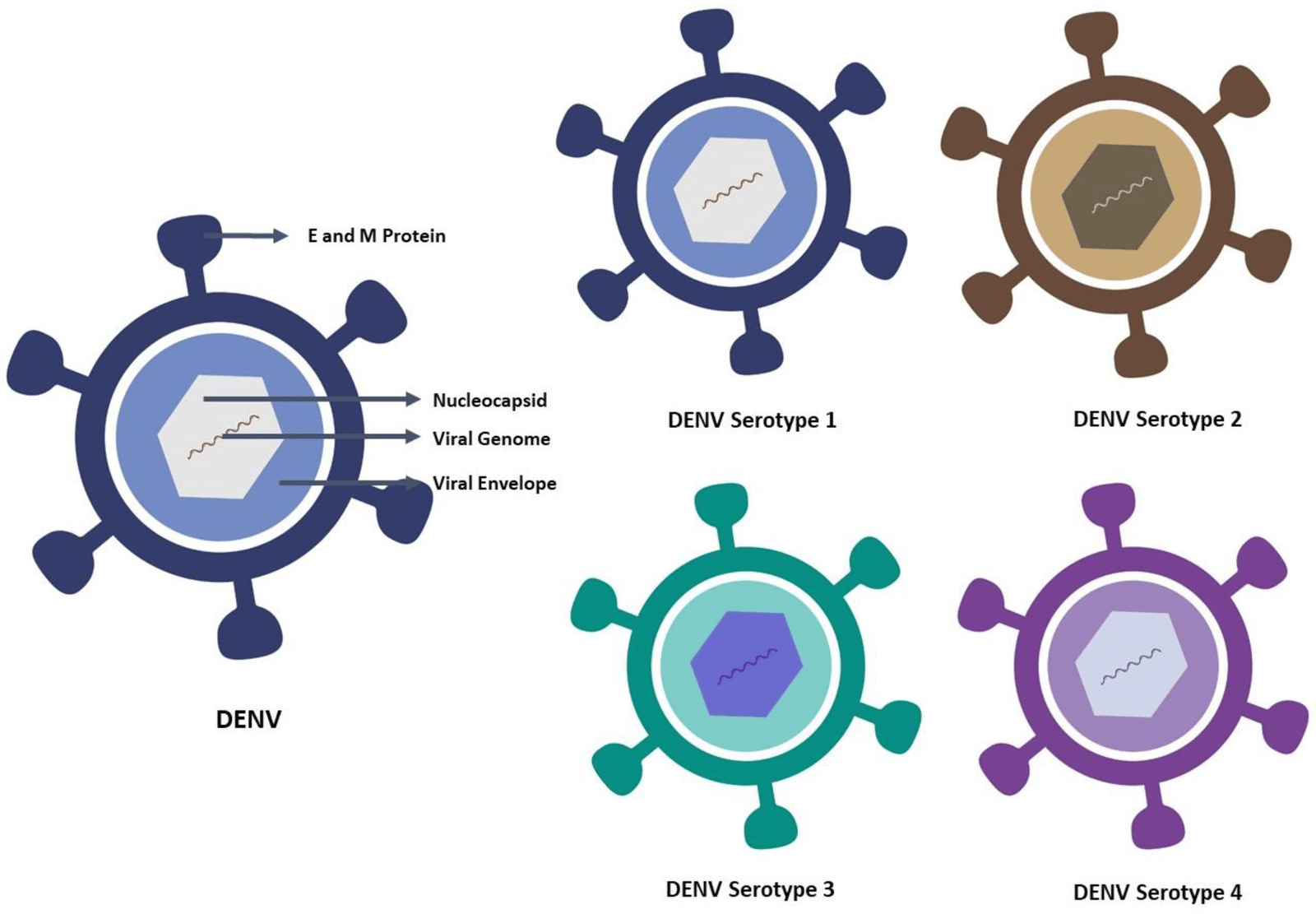
PATHOGENESIS
- FUSION
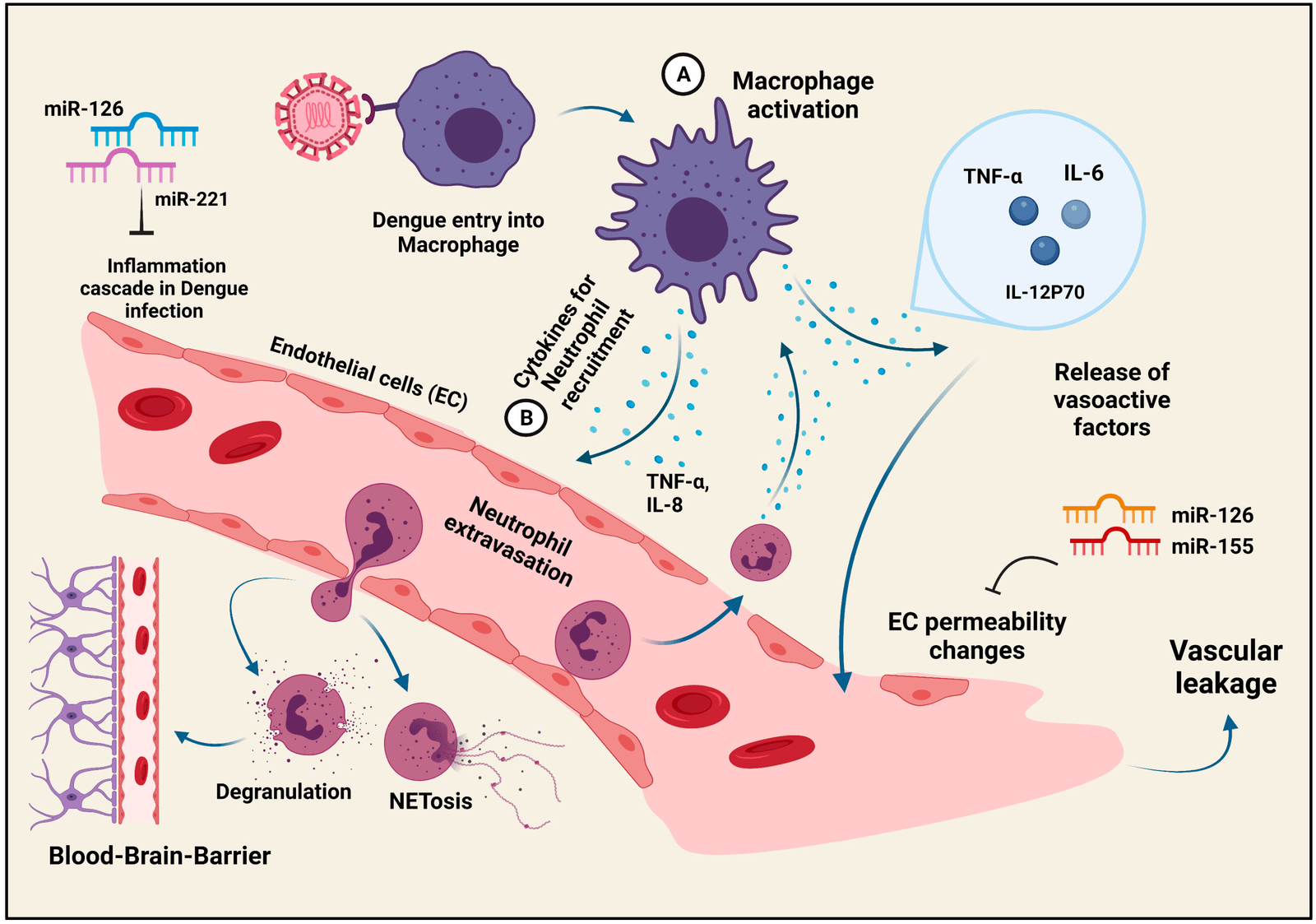
-enter cells via endocytosis
-the skin(epidermis) cell membrane fold invard and form a pouch like structure that surrounds the virus particle known as endosome.
-Endocytosis is a general process used by cells to perform in large molecules and particles from outside the cell for nourishment and now this mechanism is overtaken by the virus particle to perform this against the cell.
-viral envelop (E) glycoprotein important for infection
-bind to viral receptors (e.g. Heparin Sulphate, DC-SIGN, Mannose receptor,etc)
-The endosome must be deep inside the cell where the environment is acidic.
-The endosomal membrane must gain a negative charge.
-when all the process ends then disassembly of virus starts
- DISASSEMBLY
– virus envelop fuse with the endosomal membrane, and releases the dengue nucleocapsid (nucleocapsid is formed by the association of nucleocapsid (N) protein with single-stranded viral RNA) into the cytoplasm of the cell.
-In the cytoplasm, the nucleocapsid opens to uncover the ssRNA genome
- VIRAL REPLICATION
-The viral RNA then hacks the host cell’s machinery to replicate itself.
-The virus uses ribosomes on the host’s rough endoplasmic reticulum (ER) to translate the viral RNA and produce the viral polypeptide. This polypeptide is then cut to form the ten dengue proteins these proteins are 3 structural (capsid [C] , membrane [M], and envelope [E]) and 7 non-structural (NS1, NS2A, NS2B, NS3, NS4A, NS4B, and NS5) proteins.
-All 10 protein(3 structural & 7 non-structural) arrange accordingly and forms new viral RNA is enclosed in the Capsid protein C, forming a nucleocapid.
- VIRAL ASSEMBLY BY ENDOPLASMIC RETICULUM
-The nucleocapsid enters the rough ER and is enveloped in the ER membrane
- MATURATION AND RELEASE BY ENDOPLASMIC RETICULUM AND GOLGI APPARATUS
– Endoplasmic reticulum release some protein and new viral RNA surrounded by the M (matrix) and E proteins this adds the viral envelope and protective outer layer.
-The immature viruses travel through the Golgi apparatus complex, where the viruses mature and convert into their infectious form.
-The mature dengue viruses are then released from the cell and can go on to infect other cells.
-This process continue till it infect all cells or our immune system response against it and fight against these viral cells.
INCUBATION PERIOD
- Incubation period-The period between exposure to an infection and the appearance of the first symptoms
- 3-14 days is the incubation period for dengue fever.
PHASES OF INFECTION
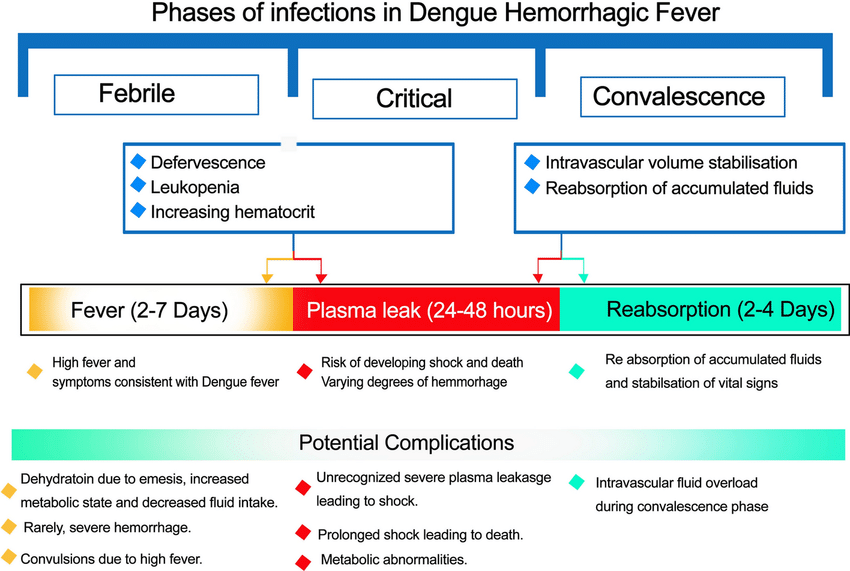
- FEBRILE PHASE
- CRITICAL PHASE
- RECOVERY PHASE
- FEBRILE PHASE
-symptoms appear between 4th to 7th day of infection and last for 3 to 7 days
-Symptoms
- Sudden and recurrent fever of high degree i.e. greater than 38.5°C or 101.3°F
- Headache
- Retro-orbital pain i.e. pain behind the eye or inside the eye
- Upset stomach
- Myalgias i.e. muscle pain
- Arthralgias i.e. joint pain
- Nausea, vomiting , Diarrhoea , abdominal pain
- Lymphadenopathy i.e affected lymph nodes like swollen lymph nodes
- Hepatomegaly i.e abnormal enlargement of liver
- Maculopapular i.e. flat, red area on the skin that is covered with small confluent bumps/rash. Only in 50% of cases and more common in who get dengue infected first time.
- May also have respiratory problem such as cough , nasal congestion , sore throat
- Easy bruising and bleeding
- May also have a reduction in the number of white cells in the blood ( Leucopenia ) ,low blood platelet count ( Thrombocytopenia ) or high levels of certain liver enzymes such as ( Transaminases )
- CRITICAL PHASE
–occur after defervescence ( 3-7 days) i.e. decrease in body tempreture.
-This phase often lasts 2 to 3 days. During this time, body temperature may return to normal.
–occur in small group of patients only
–more like to appear in the given cases
Case 1. Secondary infection i.e. other dengue serotype infection particularly with in a 2 years of primary infection when body is fully not recovered from first infection
Case 2. Patients have some other health issues also
Symptoms
- Severe pain in the belly (abdomen)
- Platelet count decreases (Thrombocytopenia) up to a severe level as low as 20,000 or less
- non-stop vomiting
- Fast breathing
- Low blood pressure
- Bleeding
- Hematochezia i.e. blood in stool
- Melaena i.e. dark/black sticky faeces containing partly digested blood
- Hematemesis i.e. vomiting of blood
- Epistaxis i.e. acute hemorrhage from the nostril, nasal cavity, or nasopharynx due to which nose start bleeding
- Menorrhagia i.e. abnormally heavy bleeding at menstruation
- “DENGUE HEMORRHAGIC FEVER”
- Vascular leakage
- Shock
- Organ impairement (acute kidney injury , liver failure )
- “DENGUE SHOCK SYNDROME”
- This can be fatal, and is a medical emergency
- RECOVERY PHASE
– overall improvement
– vital sign – stabilize
–eruption of new rash similar to 1st rash may occur. This rash may be pruritic (Itchy) and remain for 1-5 days
–may have prolonged weakness from weeks to months
DIAGNOSTIC APPROACHES
- Based on exposure history , clinical presentation and laboratory findings.
- Available laboratory methodologies are
- Culture(CDC only)
- NAATs (Nucleic acid amplification tests)
- Serology of antibody(Ab) and antigen (Ag)
- NAATs
- For symptomatic patients during the first 1-7 days of illness, any serum sample should be tested with a NAATs
- A positive NAAT result confirms dengue virus infection.
- A negative NAAT result does not rule out infection. People with NAAT negative results should be tested for the presence of IgM antibodies against dengue virus to determine possible recent dengue exposure.
- 2 PCR(Polymerase chain reaction) assay
-Dengue virus,Molecular detection,PCR,Serum(Mayo Test ID : DENGS)
– Dengue virus,Molecular detection,PCR,Spinal fluid(Mayo Test ID : DENGC)
- Useful for acute patients
- But too expensive
- Serology
- NS 1 Antigen (Mayo Test ID – DNSAG)
-Conserved glycoprotein secreted by the infected cells
-Acute infection markers
- Detectable during viremic period(virus inside body)
- Detectable prior to development of IgM
- Detectable for 1-8 days following symptom onset
- Antibody detection
-dengue virus Ab , IgG and IgM serum (Mayo Test ID : DENGM)
– dengue virus Ab Panel , serum (Mayo Test ID : DENVP)
- IgM Antibodies
3 to 5 days – After illness
Persist for 30-90 days
Flavivirus cross-reactivity
- IgG Antibodies
More than 10 days after illness
Persist for prolonged as long as years or decades
Flavivirus cross-reactivity
TREATMENTS
- As we know there is no targeted antiviral drug till now
- Take a lot of rest and limit physical activity
- Only supportive care are give to the patients such as fluid management associated with decrease in disease deaths and pain /fever management
- In high fever – wet mopping of whole body recommended
- There is no restriction in food
- Fluid intake should be maximum
- Urine output should be watched properly and regularly. Output should be adequate
- Do not panic
- Take medicine on time whch is prescribed by doctors
- Avoid analgesic pain killers
- If patient is active , taking food orally , urine output is adequate , no /less lethargic and platelet count is 1.5-4.5 lakh per microlitre of blood -No need to take tension patient will recover on its own with some of medical treatment
- But if the patient is lethargic , inactive , excessive sleepy , less urine output , bleeding, red small spots on skin , platelet count less than 20,000 or even less than 10,000 , puffy face , stomach pain , non-stop vomiting , breathing difficulty ,etc then the patient should rush to hospital and get admitted as soon as possible.
- At hospitals also there is no specific treatment is given to the patient. They treat the patients with non specific medicines only.
- If the patients less than 10,000 platelet count or patient has bleeding tendency then only platelet transfusion treatment is given by the specialised doctors.
- Intravenous fluids (IV Fluids) to reduce vomiting
- If patient has puffy face then proper monitoring of BP and pulse rate.
- Only 5% of patients need specialised treatment/ICU
- As we all know that there is many system of treatment in the whole world
Such as Allopathic , AYUSH and informal medical practitioners. They provide treatment to patients accordingly.
ALLOPATHIC TREATMENT
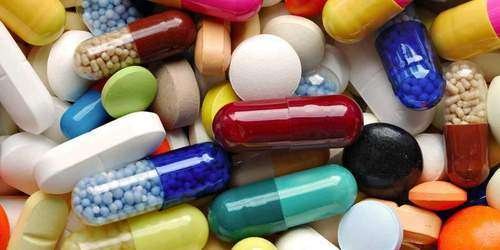
-In allopathic treatment doctors give
-Intravenous fluid to reduce vomiting
-Acetaminophen for symptom relief
-Paracetamol to reduce fever. Never use Mefenamic acid , Ibuprofen it can lead to adverse effects such as anticoagulation.
-To increase platelets they prescribe – Romiplostim injection , folic acid and vitamin-C tablets
-never take medicine without prescription by the specialised doctors differences in doses will lead to serious side effects or even fatal too.
AYUSH TREATMENT
A=Ayurveda
Y=Yoga & Naturopathy
U=Unani
S=Siddha
H=Homeopathy
AYURVEDIC TREATMENT

–to increase platelets, reduce fever, and maintain liver liver health :
GILOY JUICE
– to increase platelets, maintain liver liver health and maintain metabolism : PAPAYA LEAVES JUICE
–to increase platelets , maintain liver health , digestive system correction and to control vomiting : ALOEVERA
JUICE AND POMEGRANATE
–There is no side effects as such in Ayurvedic system of medicine the patient of dengue fever can take these medicine along with allopathic medicine for early cure.
YOGA TREATMENT
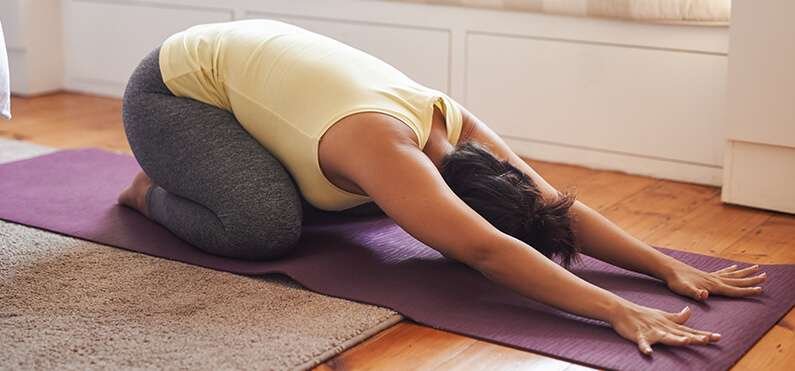
–These can also be taken as a preventive measure of DENGUE FEVER. -These all natural things boost our immunity powers but there is no proper research and research result related to these things.
-yoga poses which will be helpful in dengue fever are
- Anuloma Viloma Pranayama
- Kapalbhati Pranayama
- Nadi Shodhan Pranayama
- Sarvangasana
- Matsyasana.
-All the yoga poses are such formulated that it will channelize the body as well as the nervous system. Further, it will help in stimulating the respiratory as well as the circulatory system.
UNANI TREATMENT
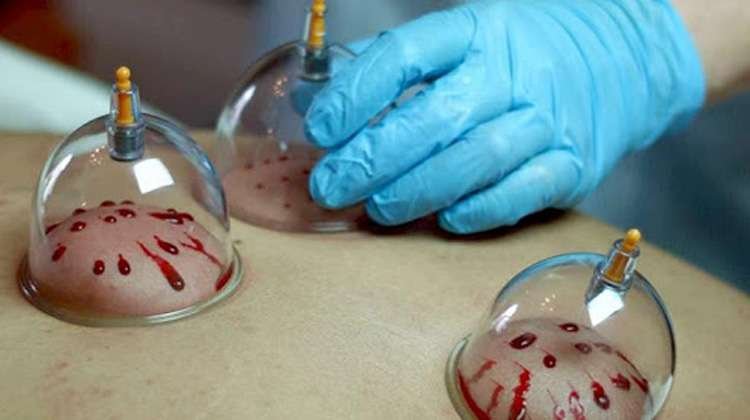
- Dhatura/Jauz-e-Maasal leaves have potency in reducing the seriousness of the dengue fever however the dosage must not exceed 2 decigrams, or it will lead to severe negative symptoms.
- Abutilon indicum is used as an efficacious treatment for reducing dengue fever.
- Kashim/Chatim (Devil’s tree) scientifically known as (Alstonia scholaris) is used in for the treatment of recurrent fevers as is seen in dengue. The herb is analogous in function to cinchona and quinine.
- Administering goat’s milk thrice a day could cure Dengue.
- Arq ajeeb Can be taken 5 times a day
- Sharbath khaksi 10 ml can be taken
- Decoction prepared with Afsanteen 6 gm, chiraita 6 gm, karanjwa 6gm ,filfil siya 6 gm and taken two times daily before meal is quite beneficial
- Qaisoom (Achillea millefolium) is a traditionally used remedy for all types of fevers in Unani medicine. When used in the form of hot infusion, it causes sweating and therefore expels toxins from the body and reduces fever.
- Tawa Tawa Tea (Euphorbia hirta) Take 5-6 full whole Tawa Tawa plants, cut the roots, wash and clean, then fill a boiling pot with clean water. Boil the tawa tawa for 1 minute, let it cool. Drink 1 to 1.5 glass of tawa tawa water every hour for 24 hours. The internal haemorrhaging will stop and the dengue fever will be cured within 24 hours.
SIDDHA TREATMENT

-Nilavembu kudineer 30 ml two times a day for 7 days.
–Papaya Leaf Juice – 10 ml two times a day for 7 days.
-For Prevention of Hemorrhagic symptoms
- Imbural vatakam
- Padiga poongavi Chenduram
- Kavikkal Chooranam
- General health improvement
- Nellikai lehyam – 5 Gm BID
- Triphalachooranam tablet – 2 BID
- Amukkara chooranam tablet – 2
HOMOEOPATHIC TREATMENT
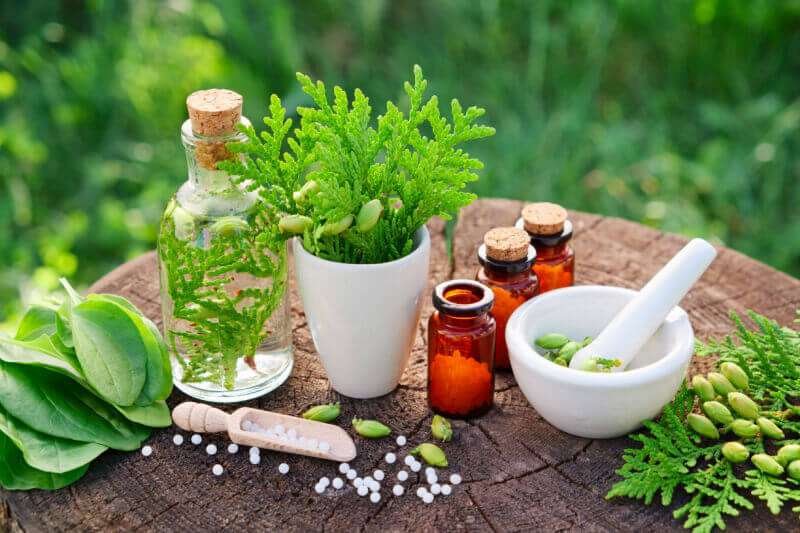
-Epatorium perfoliatum (30CH) given as preventive measure medicine: twice a day X 2 drops directly on tongue in case of adult till 1 month in rainy season
twice a day X 1 drops directly on tongue in case of children till 1 month in rainy season
-In case of dengue fever to reduce fever any medicine can be given according to symptoms and level of infection
- Arsenic album (30CH)
- Ferrum phosphoricum
- Gelsemium
- Echila
- Nux vomica
- Rhus tox
-In haemorrhagic fever – Ipecac is prescribed or Hamamelis V Dilution 200 CH to relief haemorrhage pain.
-combination of medicine formed in 30CH to reduce fever
- 10 drops of Aconitium napellus (30CH)
- 10 drops of Epatorium perfoliatum (30CH)
- 10 drops of Gelsemium (30CH)
- 10 drops of Rhus tox (30CH)
- 10 drops of Ipecacuanha (30 CH)
This mixture is given to patient after every hour in case of high fever
Or 4 times in a day for normal fever
-Mother tincture
- Epatorium perfoliatum (30CH)
- Ocimum sanctum
- Echinacea
PREVENTIONS
- Dengue vaccine
- May not have full protection against dengue infection
- Reduce symptoms or length of infection
- Avoid mosquito bite
- Apply insect repellant on clothes like pyrethrin
- Use strong fans
- Use bed nets
- Prevent water stagnation as these mosquitoes breed on stangnant water
- Spray bleeching powder on stagnant water bodies
- Wear long-sleeve shirts and long pants.
- Keep your house clean and tidy.
- Spray anti mosquito spray like kala hit in a corner of home and kitchen everyday.
- Keep the wet garbage separated and throw in wet dustbin which must be fully covered
- Keep your doors and window closed during the morning and evening time.
- Use EPA-registered mosquito repellent like DEET.

